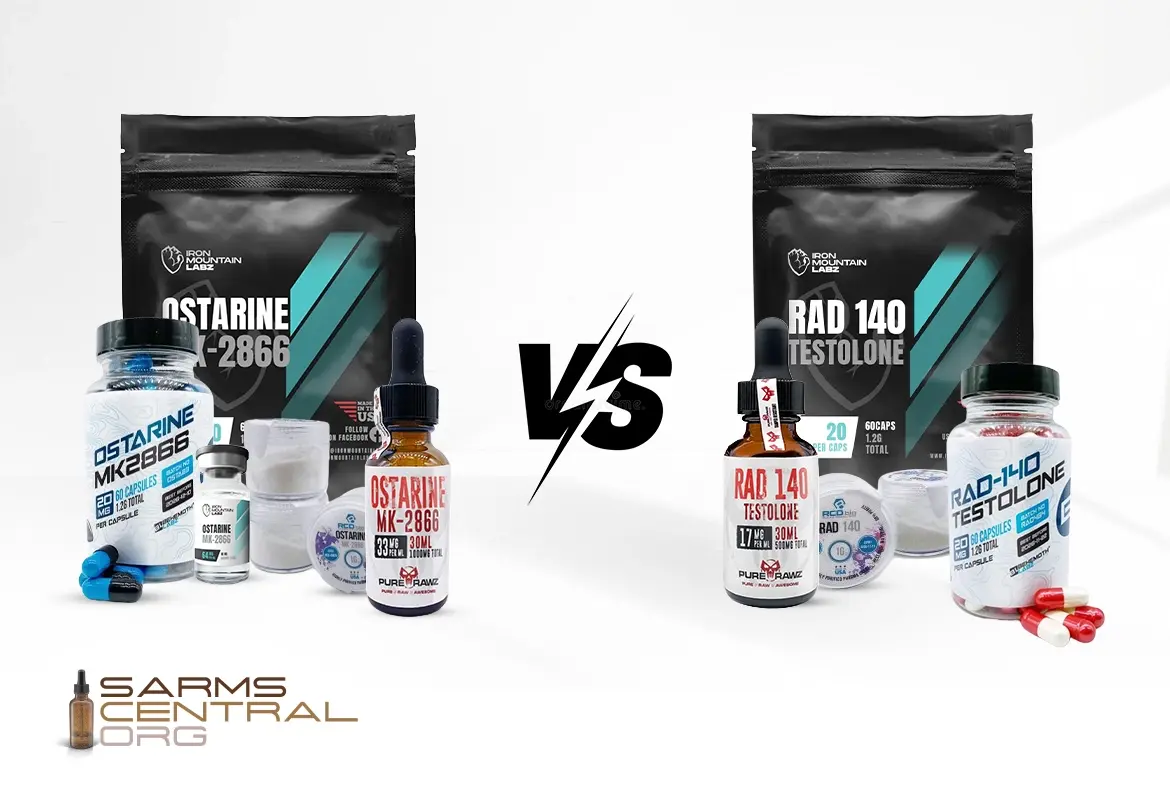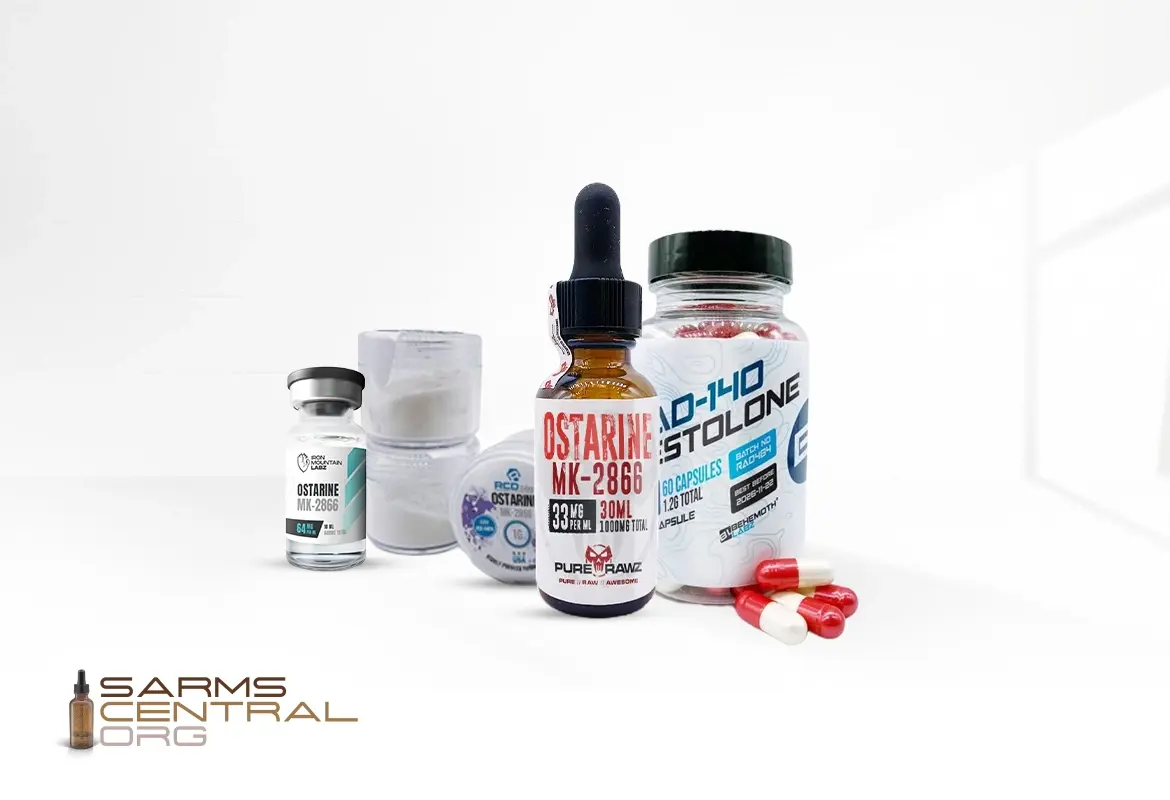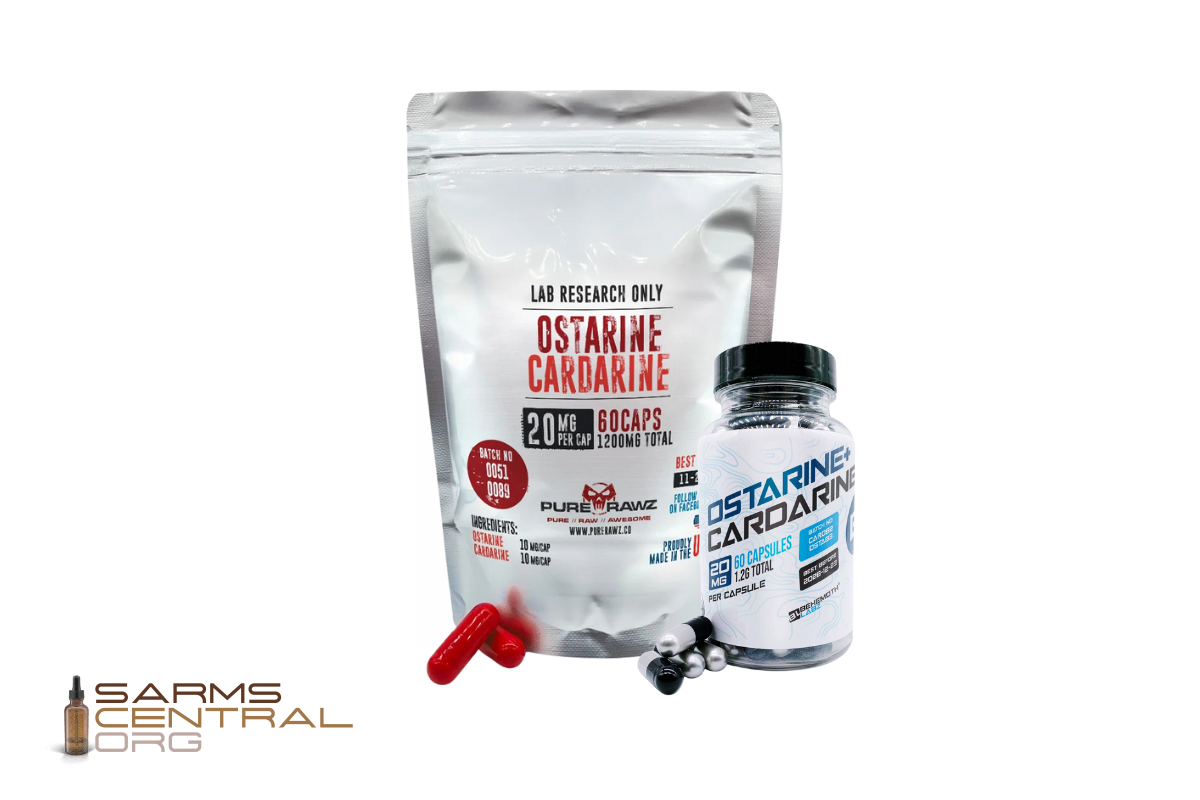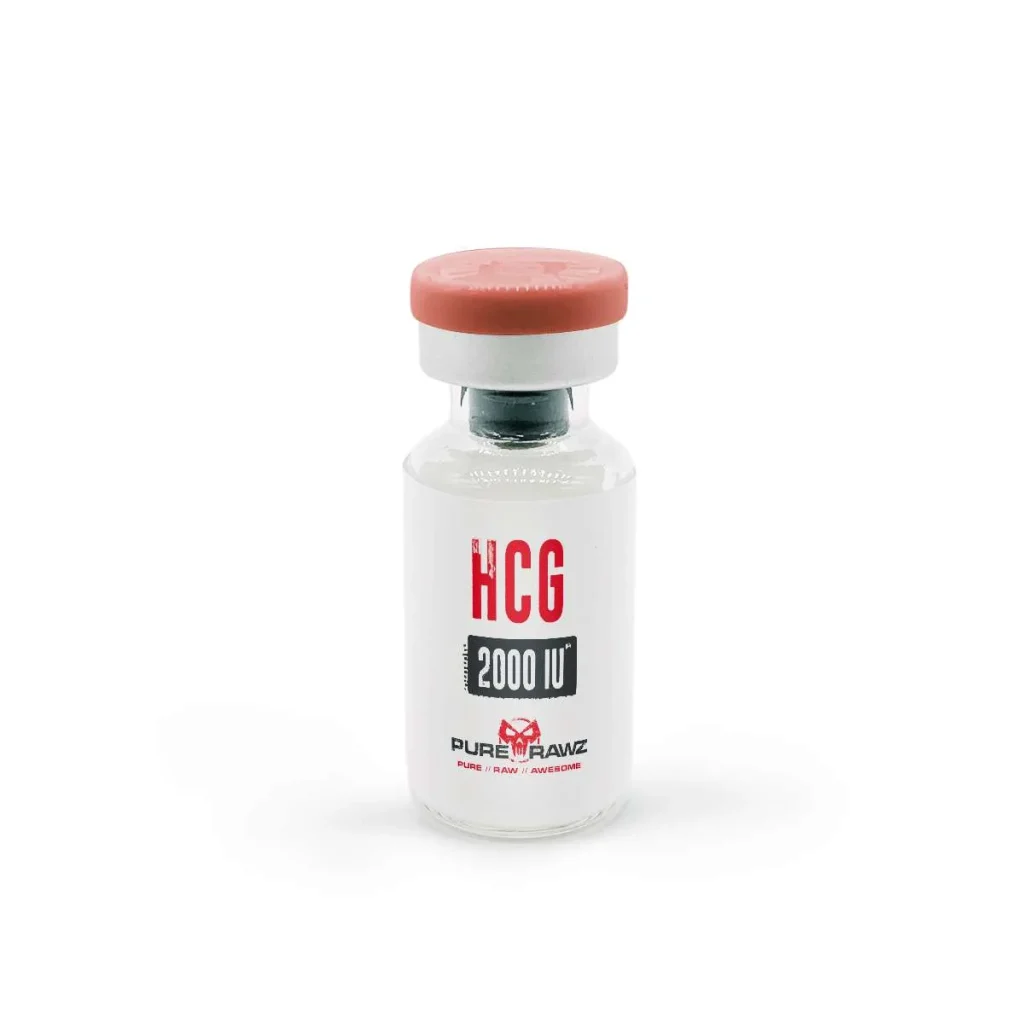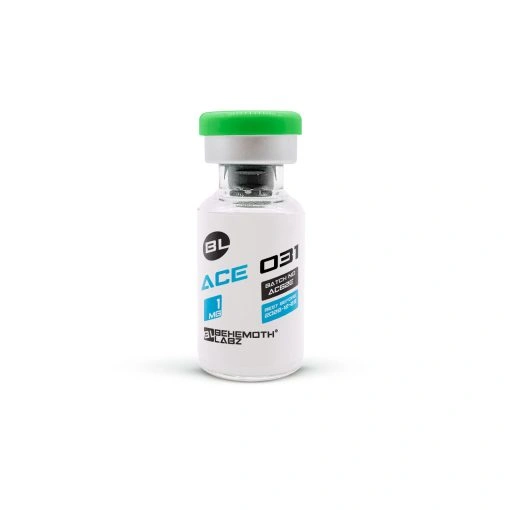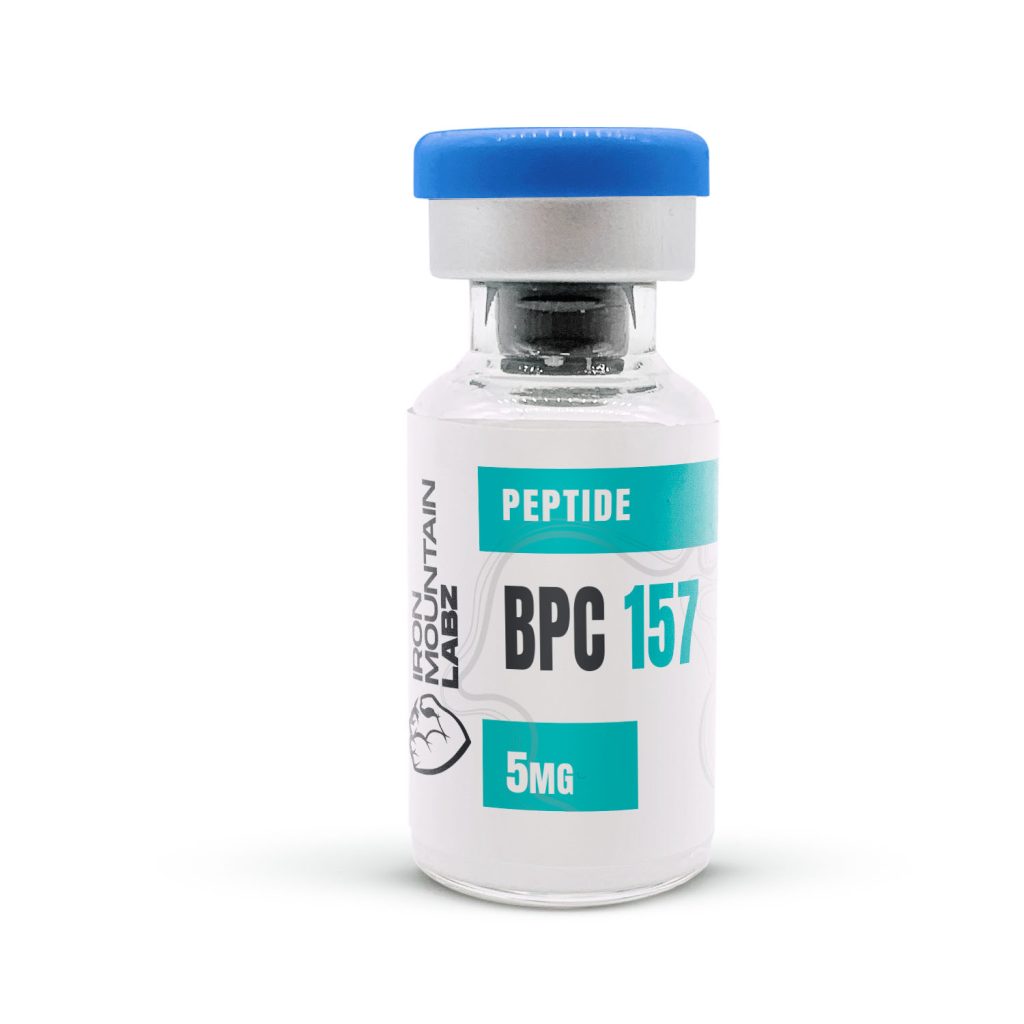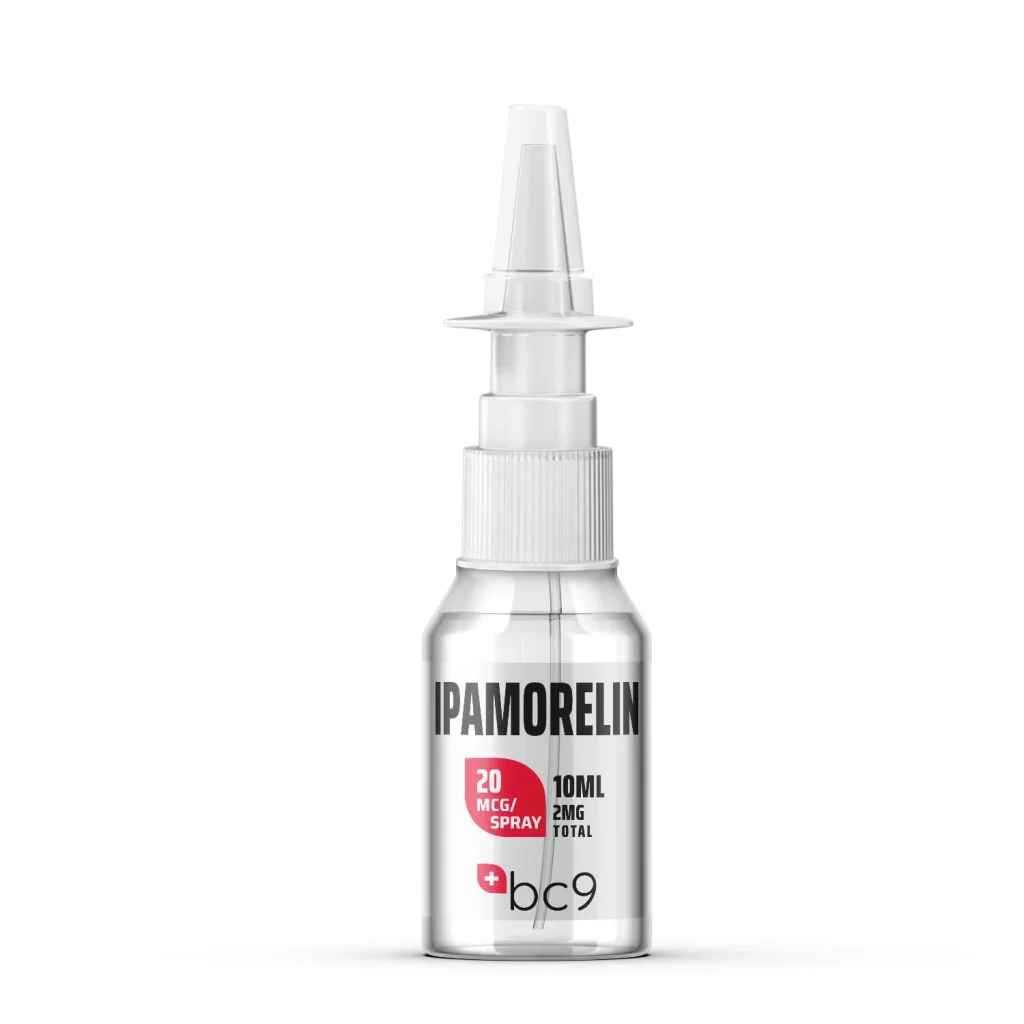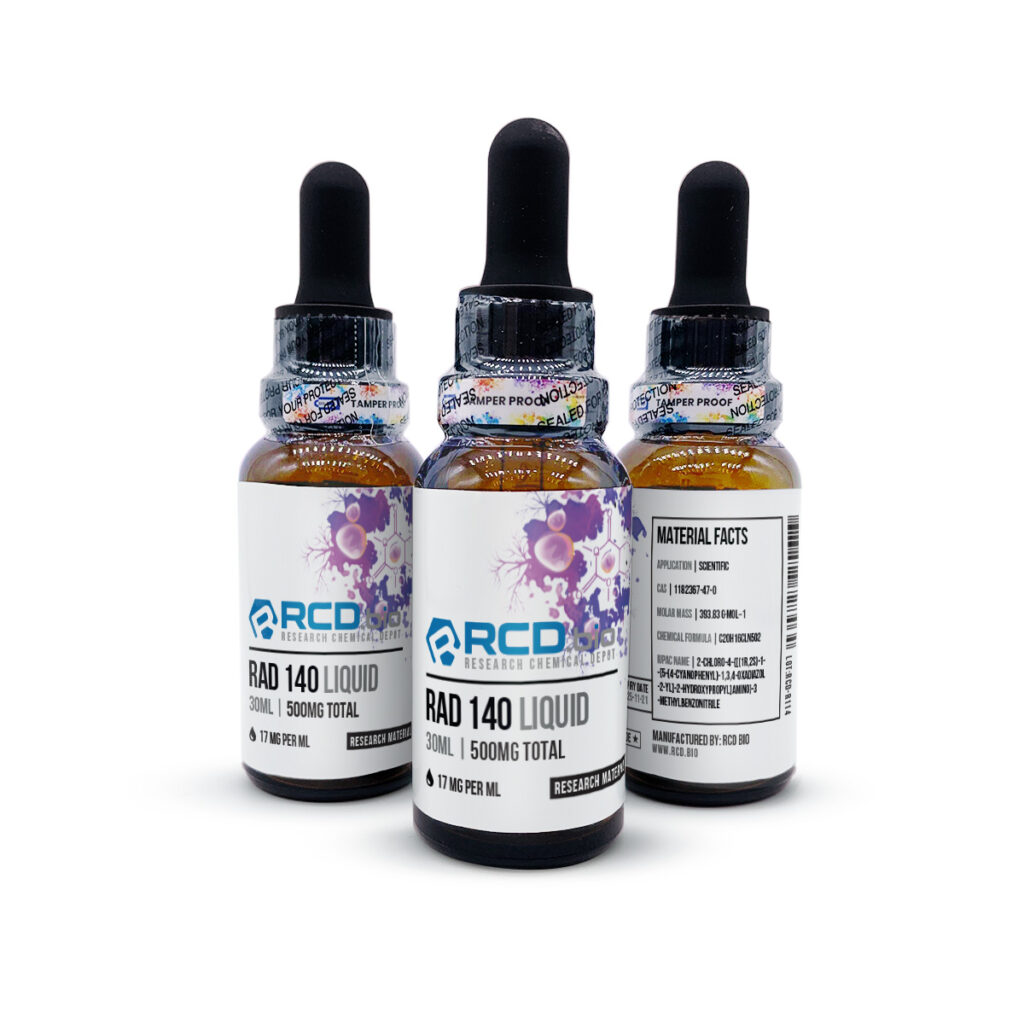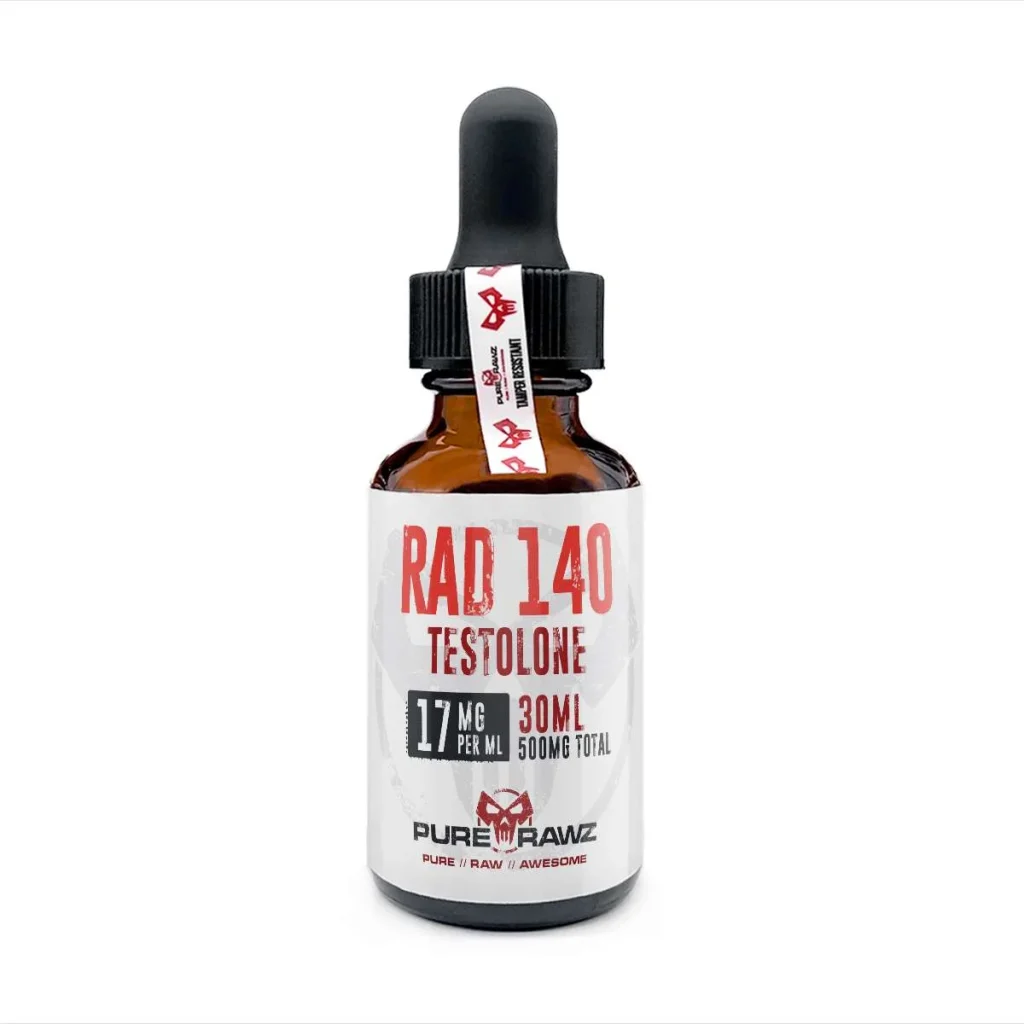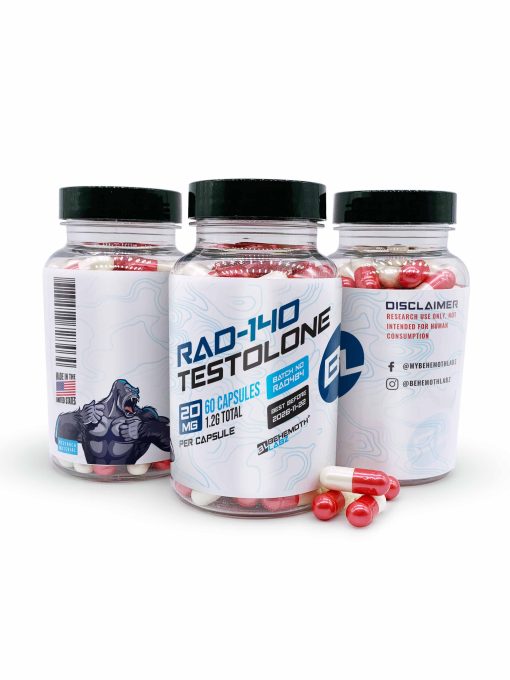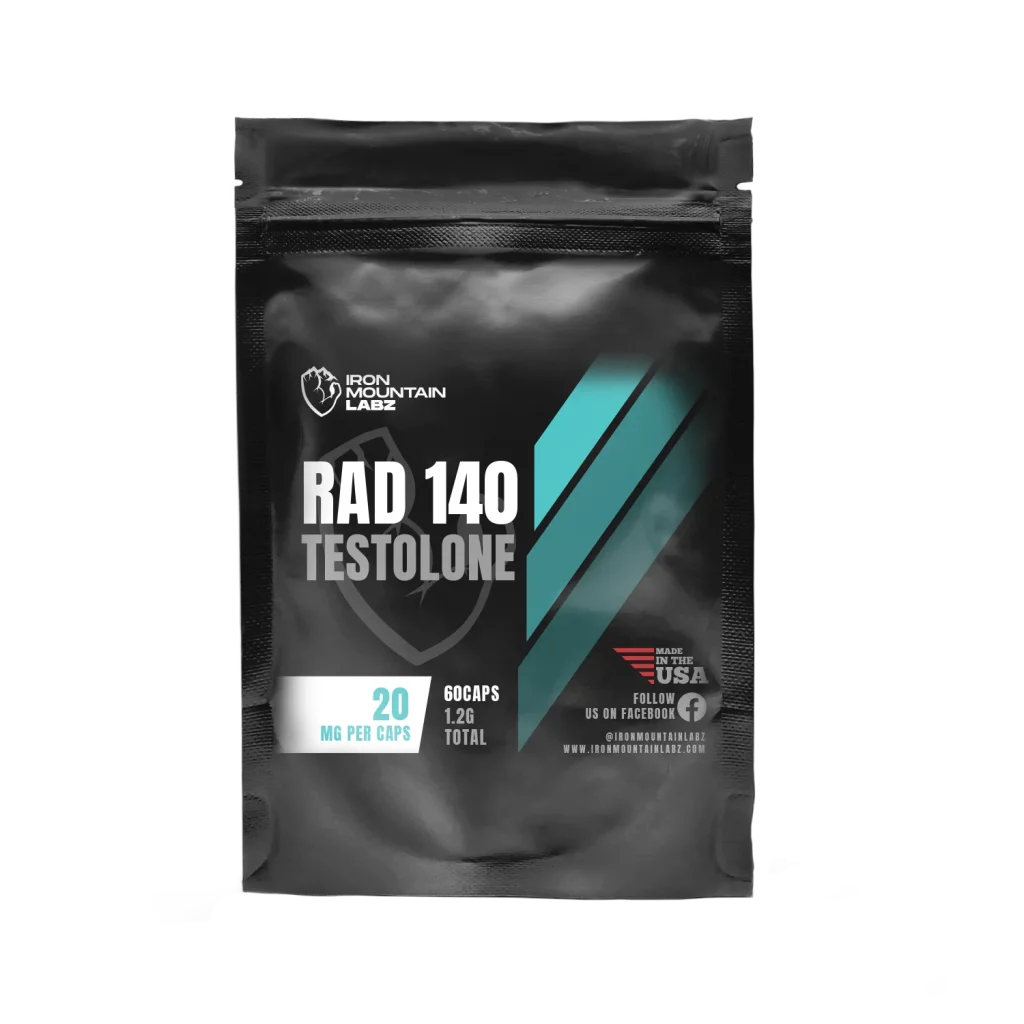Peptides are delicate chains of amino acids used in fields ranging from muscle growth research to skin health and will lose potency if not stored properly. Whether you’re working with peptide powders, liquid solutions, or nasal sprays, proper storage is key to maintaining potency and preventing contamination and breakdown. To get accurate research results, peptides must remain stable from the time they hit the lab until the time they’re used.
Ideal Storage & Handling of Research Peptides
Storage Tips
- Store powder peptides in sealed vials at -20°C to -80°C.
- Keep liquid peptides at 2°C to 8°C and use them quickly.
- Avoid freeze-thaw cycles by dividing peptides into small aliquots.
- Always protect vials from light by using amber containers or storing them in the dark.
- Use frost-free freezers with backup power to avoid accidental thawing.
Handling Guidelines
- Open vials only in clean, dry, low-humidity areas.
- Wear gloves and use sterile equipment when handling.
- Clearly label vials with compound name, concentration, and dates, especially if you’re working with specialized compounds like oral formulations or injectables.
- Keep a simple logbook to track storage and usage.
Types of Peptides and Their Storage Needs
All kinds of peptides require different storage methods. Use the table below to reference the best practices for storing lyophilized powders, liquid solutions, nasal sprays, and more.
| Peptide Type | Form | Storage Temp | Light Protection | Stability | Procedure |
| Lyophilized (Freeze-Dried) | Powder (dry) | -20°C to -80°C (long-term) 2°C to 8°C (short-term) |
Yes | High (most stable) | Keep sealed and dry. Avoid moisture. |
| Reconstituted Peptides | Liquid | 2°C to 8°C | Yes | Moderate to low | Use within days to weeks. Avoid repeated freezing. |
| Nasal Spray Peptides | Liquid (spray) | 2°C to 8°C (check label) | Yes | Moderate | Do not freeze. Follow vendor-specific directions. |
| Compounded Peptides | Liquid (custom) | 2°C to 8°C | Yes | Varies | Check label for expiry and storage terms. |
| Peptides in Organic Solvent | Liquid (e.g., DMSO) | -20°C | Yes | Moderate | Use glass vials. Handle with care (flammable). |
How to Reconstitute Peptides Properly
When reconstituting lyophilized peptides, use sterile solvents like bacteriostatic water or dilute acetic acid, depending on the peptide’s solubility. Don’t shake the vial; instead, gently swirl or let the peptide dissolve slowly.
What Affects Peptide Stability?
To store peptides properly, you need to know what can cause them to degrade.
Temperature
Temperature is one of the biggest factors in peptide stability. High heat can speed up chemical reactions that break peptide bonds, leading to structural damage. Also, leaving peptides at room temperature, even in sealed vials, can still lead to degradation over time. (r)
Light Exposure
Ultraviolet (UV) light can cause photodegradation, a process that damages the peptide’s molecular structure, similar to what happens with sensitive healing compounds. This is especially a concern for liquid peptides. Always store peptides in amber vials or opaque containers to block UV and strong indoor light. Even brief exposure to sunlight can reduce peptide effectiveness.
When not in use, keep vials in drawers, cabinets, or cold storage away from direct light.
Moisture & Humidity
Moisture is especially harmful to lyophilized peptides. It can raise the risk of bacterial contamination. Humidity can also trigger hydrolysis, breaking down peptide bonds and altering the compound.
Air & Oxidation
Oxygen in the air can oxidize certain amino acid residues like methionine, cysteine, and tryptophan, affecting peptide integrity. Oxidation might not be visible, but it can still reduce peptide effectiveness in lab settings. Better store peptides in airtight containers to reduce oxygen exposure.
Where to Buy Reliable Research Peptides
Proper storage is only effective when peptides are sourced from reliable vendors that ship compounds in stable, sealed, and verified conditions. If you’re looking to buy research peptides, here are some trusted suppliers known for their lab-tested products and professional handling:
- – PureRawz
- – RCDbio
- – BehemothLabz
- – BC9
- – Iron mountain Labz
Find The Best Prices For Peptides
Conclusion
Peptides are powerful but fragile research tools. Their performance depends on proper storage, handling, and sourcing. Understanding how light, temperature, air, and moisture affect different peptide forms can prevent costly degradation and ensure more consistent lab results.
Investing in best practices, from using amber vials to choosing trusted suppliers, helps protect your work and keeps your experiments reliable, something especially important in fields like testosterone optimization research.
FAQs
Should peptide powder be refrigerated?
Yes. For short-term storage, keep lyophilized peptides at 2°C to 8°C. For long-term preservation, use a -20°C or colder freezer.
How do you store liquid peptides?
Refrigerate them at 2°C to 8°C and use within the recommended period. Do not refreeze.
Do compounded peptides need refrigeration?
Yes, most liquid compounded peptides should be kept cold. Follow product-specific guidelines from the supplier.
Does CJC-1295 need to be refrigerated?
Yes. Once reconstituted, CJC-1295 should be stored at 2°C to 8°C in a sealed, dark container.


